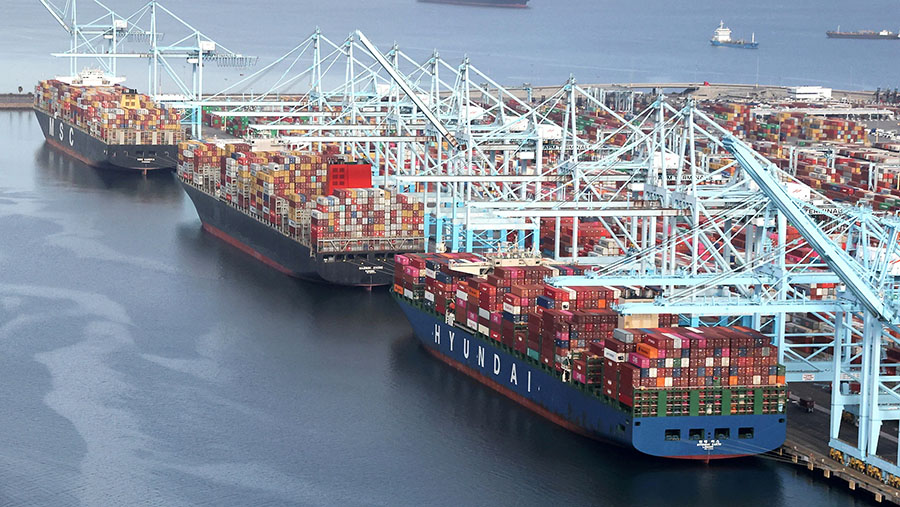The GEP Global Supply Chain Volatility Index* concluded that global supply chains operate more efficiently today, signaling the lowest stress level since July 2020.
GEP’s Global Supply Chain Volatility Index, produced by S&P Global and GEP, fell to 0.32 in March from 0.48 in February.
GEP found that although global demand for raw materials and components remained subdued, the trend has improved since hitting its trough in December 2022. Asian purchasing managers increased their component orders again in March, with manufacturers in China and India driving the gains. In Europe and the U.S., demand for raw materials and components is no longer falling as rapidly as companies continue to draw down excess warehouse inventories.
“A period of decreased demand has helped resolve the supply issues of materials and labor shortages and stockpiling, and we’re now seeing early signs of improving demand,” said Binayak Shrestha, global head of services delivery, GEP. “Despite high-interest rates, demand for raw materials and components increased across Asia, and declines eased across the U.S. and Europe. Now is a good time for companies to lock in prices and key terms with suppliers for the coming months, which will also help tap down inflation.”
Other findings from the GEP Global Supply Chain Volatility Index include:
- Global businesses have reduced safety stocks as supplier lead times shorten and pricing and supply concerns diminish. Reports of safety stockpiling are at their lowest since July 2020.
- As has been the case since the start of 2023, labor shortages have had little adverse effect on suppliers, indicating that current staffing is in line with demand.
- Business reports of item shortages are at their lowest since September 2020.
- Global transportation costs fell below their long-term average as pressures on shipping, rail, air, and road freight subsided.
- Supply chains are operating efficiently in the UK and North America. In Europe and Asia, supply chain conditions are almost entirely normalized.
*The data for GEP Global Supply Chain Volatility Index comes from S&P Global’s PMI surveys submitted to companies in over 40 countries, totaling around 27,000 companies. To read the full report, go here.
Photo courtesy Port of Los Angeles














